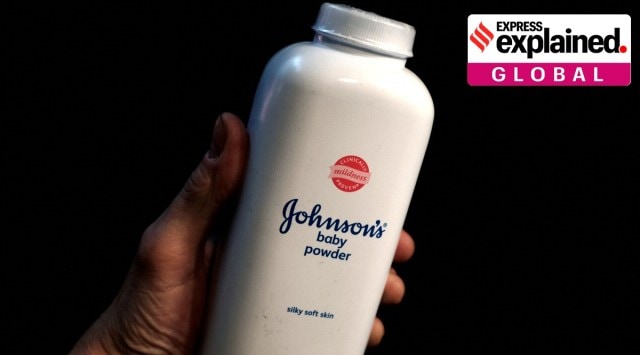
With over 38,000 lawsuits pending against the company for its products such as the baby powder that use talc, the settlement offer if approved by the court will resolve all current and future claims against these products. The proposed USD 8.9 billion settlement will be paid over 25 years through a subsidiary of Johnson & Johnson LTL Management. The company was created in 2021 and then filed for bankruptcy to shield the parent company from talc-related litigations.
For the deal to become final, it would have to be accepted by the court. An earlier bankruptcy filing that had offered USD 2 billion to plaintiffs was dismissed by a US appeals court.
Despite the settlement offers, the company has maintained that its products were safe and did not cause cancer.
The company said that it would stop setting talc-based products in the United States in 2020. And, said that it would move to a corn-starch based product worldwide from 2023 onwards. Announcing the decision, however, the company maintained the safety profile of its products.
It said, “As part of a worldwide portfolio assessment, we have made the commercial decision to transition to an all cornstarch-based baby powder portfolio. Our position on the safety of our cosmetic talc remains unchanged… We stand firmly behind the decades of independent scientific analysis by medical experts around the world that confirms talc-based … Powder is safe, does not contain asbestos, and does not cause cancer.”
What is talc and does it cause cancers?
Story continues below this ad
Talc or talcum is a soft, naturally occurring mineral that in a powdered form is used in powders and various cosmetic products to absorb moisture as an antiperspirant, prevent caking, or improve the feel of the product. Although a link between talc and ovarian or lung cancer hasn’t been proven definitely, many doctors and agencies advise against inhaling loose powder, avoiding use in the genital region, and using talc-free alternatives.
What is more concerning, however, is the contamination of the talc with the known carcinogen asbestos. Asbestos is another naturally occurring mineral that is usually found close to talc mines. “There is the potential for contamination of talc with asbestos and therefore, it is important to select talc mining sites carefully and take steps to test the ore sufficiently,” says the United States Food and Drug Administration.
The World Health Organisation’s International Agency for Research on Cancers classifies asbestos in group 1 – substances that are carcinogenic to humans. Asbestos exposure has been linked to cancers of the lung, lining of the lung, larynx (voice box), and ovaries. Currently, about 125 million people in the world are exposed to asbestos at the workplace and nearly half the occupational cancers have been linked to asbestos, says WHO.
Has the baby powder been linked to cancers?
Despite the company’s claims, thousands of people who have used the baby powder or other talc-based products from the company have filed cases saying that they developed ovarian cancer or mesothelioma (a type of cancer of the lining of the lungs and other organs).
Story continues below this ad
Mesothelioma is an aggressive and deadly form of cancer, with no available cure. Cancer most commonly affects the tissues surrounding the lungs but is also sometimes found in the abdomen, heart, and testicles. The cancer affects nearly 2,700 people every year in the United Kingdom, mostly in men over the age of 75 years, according to the National Health Service.
Interestingly, mesothelioma is like a signature of exposure to asbestos – the cases are almost always linked to exposure to asbestos earlier in life, usually while working in mines or industries that used asbestos. The cancer develops nearly 20 years after the exposure.
The plaintiffs in cases against Johnson & Johnson have also said that long-term use of the powders in the genital area and on sanitary napkins resulted in ovarian cancer. There have been several studies on the frequent use of talcum powder in the genital area, with some finding no increase in the risk of ovarian cancer and some slightly elevated risk.
The industry, however, maintained that cosmetic-grade talc does not have asbestos contamination. “It’s also partly why regulations that protect people in mines, mills, factories and schools from asbestos-laden talc don’t apply to babies and others exposed to cosmetic talc – even though Baby Powder talc has at times come from the same mines as talc sold for industrial use,” said the 2018 Reuters investigation that found the company was aware of asbestos contamination.
Did Johnson & Johnson know?
Story continues below this ad
Investigations by Reuters and New York Times in 2018 based on memos, internal reports, and confidential documents that the company was forced to share in court found that the company was aware of asbestos sometimes being detected in its talc and kept the information from regulators and the public.
The Reuters investigation said that the company in 1976 assured the US Food and Drug Administration that there was no asbestos detected in any sample of talc between December 1972 and October 1972. But, the documents revealed that at least three tests by three different labs between 1972 and 1975 had asbestos in its talc – “in one case at levels reported as rather high,” the Reuters investigation said.








































